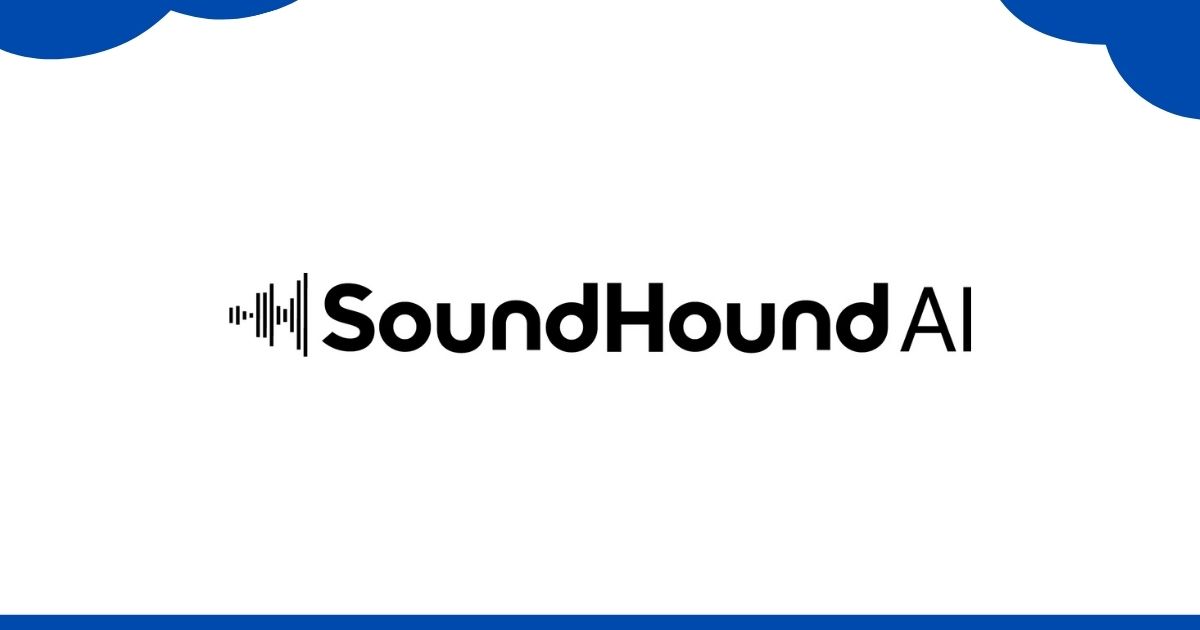SoundHound AI (SOUN) Stock Analysis: A Deep Dive into the July 11th Trading Session

SoundHound AI Inc. experienced a significant bearish session on July 11th, with its stock price falling sharply. This article breaks down the day’s key metrics, analyzes the intraday price action, and contextualizes the data to provide traders with a comprehensive, fact-based overview.
Traders and investors in the tech and AI sectors closely watch companies like SoundHound AI Inc. (NASDAQ: SOUN) for signs of market sentiment and volatility. On July 11th, the stock provided a clear example of intraday selling pressure, closing down significantly. We will now perform a detailed analysis of the trading data presented for that day.
Headline Performance: The Key Numbers
The most critical information for any trader at the end of the day is the summary of performance. Here’s what the data for SoundHound AI showed at the market close on July 11th:
-
Closing Price: 11.57 USD
-
Daily Change: -0.72 (-5.86%)
-
After-Hours Movement: +0.040 (+0.34%) to 11.61 USD (as of 7:59 pm GMT-4)
-
Previous Day’s Close: 12.29 USD
The primary takeaway is the substantial 5.86% drop during regular trading hours. This indicates strong selling pressure and a decisive win for the bears on this particular day. The minor recovery in after-hours trading, while positive, is minimal compared to the day’s loss.
Intraday Trading Analysis: A Story of a Downtrend
A closer look at the 1-day chart reveals the narrative of the trading session.
-
Opening Bell: The stock opened at 12.05 USD, already below the previous close of 12.29, suggesting a negative sentiment from the start.
-
Morning High: Early in the session (around 10:00 am), the stock rallied to its day’s high of 12.35 USD. This level acted as a strong resistance point that the bulls could not break.
-
Sustained Sell-off: Following the morning peak, the stock entered a consistent downtrend for the majority of the day. It broke below the 12.00 psychological level and continued to fall.
-
Afternoon Low: The stock bottomed out near the end of the trading session, hitting its day’s low of 11.47 USD.
-
The Close: It closed at 11.57 USD, slightly above its low but firmly in negative territory, solidifying the day’s bearish trend.
For a trader, this pattern signifies a lack of buying support throughout the day. The failure to hold early gains and the subsequent trend down towards the day’s low often indicates that sellers were in control.
Key Trading Levels and Volatility Context
Understanding key price levels is crucial for technical analysis and risk management.
-
Intraday Range: The day’s trading occurred between 12.35 (High). This range of $0.88 represents significant volatility for a stock at this price point.
-
52-Week Range: The stock’s 52-week low and high are 3.94 USD and 24.98 USD, respectively. This extremely wide range highlights that SoundHound AI is a highly volatile stock. The closing price of 11.57 is closer to the lower end of the midpoint of this range, indicating it has come down significantly from its yearly peak.
High volatility can mean higher risk but also presents opportunities for traders who have a robust strategy for managing price swings.
Fundamental Indicators: A Glimpse into the Company’s Profile
The provided data also offers clues about the company’s financial standing from an investor’s perspective.
-
Market Cap: 464.81Cr: The market capitalization stands at approximately 464.81 Crore, which translates to roughly $464.81 million USD (assuming ‘Cr’ is a display notation for million in this context, though it typically means Crore in Indian numbering). This places SoundHound AI in the small-cap category, a group of stocks known for higher growth potential and higher risk.
-
P/E Ratio: – (None): A non-existent Price-to-Earnings (P/E) ratio typically means the company is not currently profitable (it has negative earnings per share). This is very common for technology and AI companies in a high-growth phase, as they reinvest heavily in research, development, and expansion. Investors in such stocks are betting on future profitability, not current earnings.
-
Dividend Yield: – (None): The company does not pay a dividend. Again, this is characteristic of a growth stock, which retains all its earnings to fuel future growth.
What This Means for a Trader: Putting It All Together
Based only on the information from July 11th, here are the key takeaways for a trader to consider for their own analysis:
-
Strong Bearish Sentiment: The 5.86% drop on high volume (implied by the sustained trend) shows that sellers dominated the day’s action. The stock failed to find significant support until it was near its intraday low.
-
Volatility is Key: The wide 52-week range and the significant intraday movement confirm that this is not a stable, “blue-chip” stock. Any trading strategy for SOUN must account for the potential for large and rapid price changes.
-
Growth Stock Characteristics: The lack of a P/E ratio and dividends clearly categorizes SOUN as a growth stock. Its value is based on market expectations of future success in the AI industry, making it highly sensitive to news, market trends, and investor sentiment.
-
Importance of Further Research: This one-day snapshot is a single piece of a much larger puzzle. A prudent trader would use this information as a starting point to:
-
Analyze longer timeframes: Review the 1-month, 6-month, and year-to-date charts to identify broader trends.
-
Look for Catalysts: Investigate if there was any specific news, analyst rating change, or market event that caused the sharp drop on this day.
-
Review Financials: Dig deeper into the company’s earnings reports, balance sheets, and cash flow statements to understand its path (or lack thereof) to profitability.
-
Monitor Key Levels: The day’s high (12.35) and low (11.47) now serve as potential short-term resistance and support levels to watch in subsequent trading sessions.
-
By combining this daily analysis with a broader market context and in-depth company research, a trader can make more informed and strategic decisions.
Disclaimer: Not Financial Advice
This article is for informational and educational purposes only. The content provided is based on data from a specific point in time and should not be considered financial or investment advice. Stock market trading involves significant risk, including the potential loss of principal. You should always conduct your own thorough research and consult with a qualified financial advisor before making any investment decisions.





